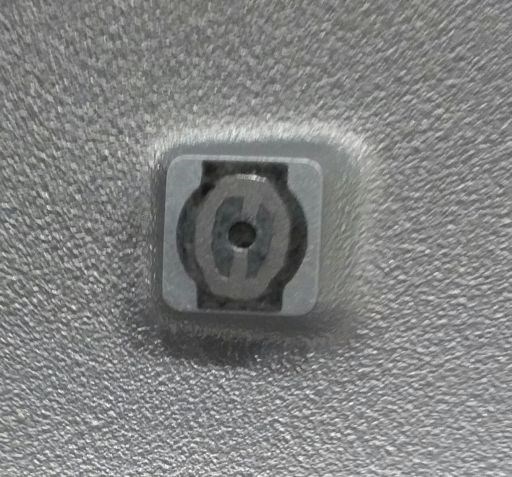The Designer's Edge: Venting Shut-off Details
When you have part geometry details in the cavity, slide or lifters that are in the solid, and there is no component available to which you can add venting, there are still options.

You can vent through shut-offs by adding a hole to atmosphere and lightening up the shut-off to assist with burns or knit lines.
When you have part geometry details in the cavity, slide or lifters that are in the solid, and there is no component available to which you can add venting, there are still options. When there is a shut-off, you can add a hole through the shut-off to atmosphere. Then lighten up the shut-off, so it is open like a vent. In some cases, I have EDM'd hole pop holes as small as 0.030 when the shut-off detail was very small or the core was a small diameter. This option can be cheaper than adding an insert, ejector pin or core. However, this is not always the best option.
Here is a very rare case where we created a Ventura effect with venting, which contributed to a visual part defect. We had a screw boss detail in a lifter that was trapping gas and causing splay on the part surface because the gas was pulled back into the plastic flow. We added a vent hole through the core detail in the lifter to atmosphere and vented the shut-off. This eliminated the splay issue. However, after a couple runs the defect returned, so we opened the shut-off enough so it was just starting to flash. This ensured it was wide open and going to vent. When this two-cavity tool ran again, the defect remained.
It was then that I noticed one of the vent holes was filled completely with plastic. We were getting the defect on both cavities when one was wide open and the other plugged. We cleaned out the vent hole, but it was still not open to atmosphere. When we started it back up, the defect was gone on the cavity with the clean hole. We then discovered that by having the hole clean but not open to atmosphere, we could get rid of the defect!
We were pulling air into the cavity with the vent being too deep. This also backs up the theory that in some cases a blind pocket not open to atmosphere can provide venting. These are rare situations, so don’t use this as leverage to back up opinions with venting. Most cases require max vent depths and open to atmosphere.
My August 21st blog will be on hydraulics.















